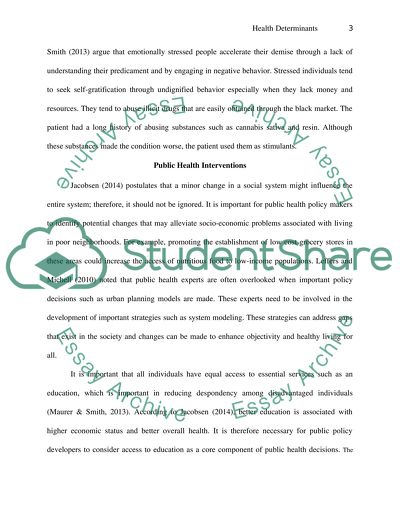Cite this document
(“Health determinants Assignment Example | Topics and Well Written Essays - 1250 words”, n.d.)
Health determinants Assignment Example | Topics and Well Written Essays - 1250 words. Retrieved from https://studentshare.org/nursing/1627146-health-determinants
Health determinants Assignment Example | Topics and Well Written Essays - 1250 words. Retrieved from https://studentshare.org/nursing/1627146-health-determinants
(Health Determinants Assignment Example | Topics and Well Written Essays - 1250 Words)
Health Determinants Assignment Example | Topics and Well Written Essays - 1250 Words. https://studentshare.org/nursing/1627146-health-determinants.
Health Determinants Assignment Example | Topics and Well Written Essays - 1250 Words. https://studentshare.org/nursing/1627146-health-determinants.
“Health Determinants Assignment Example | Topics and Well Written Essays - 1250 Words”, n.d. https://studentshare.org/nursing/1627146-health-determinants.


